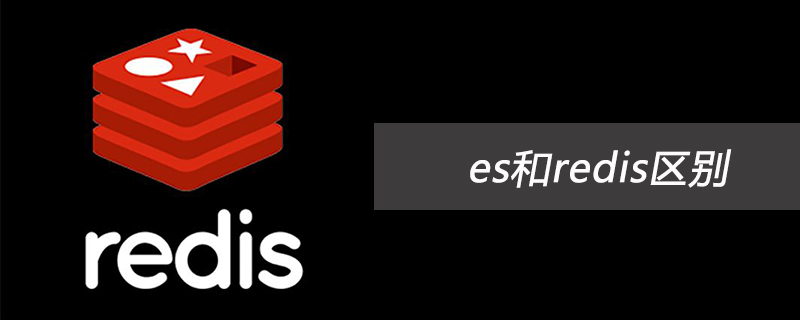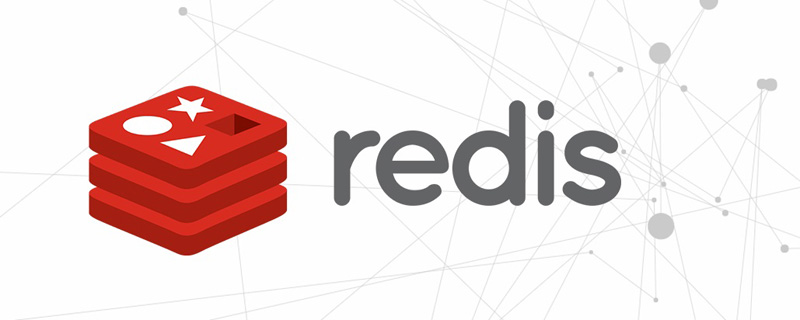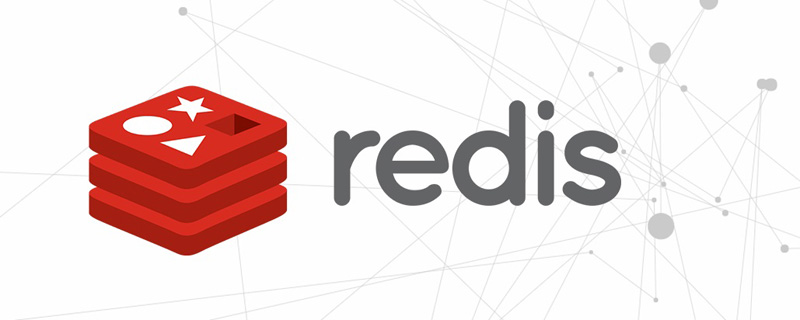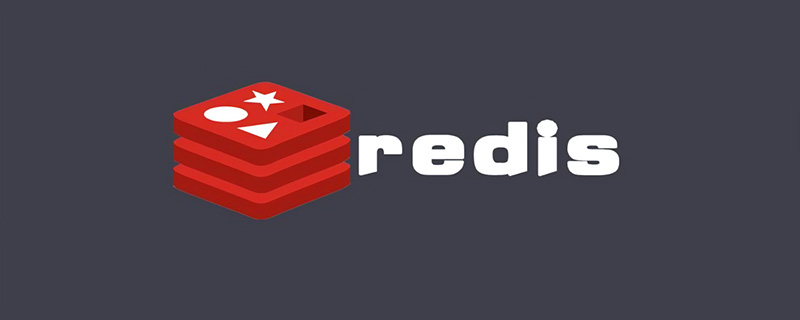Question: How does the Redis cache invalidation mechanism sense database changes? Answer: Redis provides the following mechanisms to invalidate the cache: Use the KEYS command to find the key containing the updated data identifier Use the EXPIRE command to set the expiration time of the key associated with the updated record Use pub/sub to subscribe to record update notifications and invalidate the cache key Use Lua script periodically checks for data changes and invalidates cache keys. Simplifies cache invalidation management using third-party libraries

Redis cache invalidation mechanism
When using Redis as a cache, it is crucial to sense database changes so that the cache can be invalidated in time when the database data is updated. Redis provides several mechanisms to achieve this:
1. Use the KEYS command
The KEYS command can return all keys that match the specified pattern, so it can be used for lookups A key containing a specific data source identifier (such as a database record ID). When the corresponding records in the database change, the KEYS command can be executed periodically to find the changed keys and invalidate them.
2. Use the EXPIRE command
The EXPIRE command can set the expiration time for the key. You can set a shorter expiration time for the Redis key associated with the record when the corresponding record in the database changes. In this way, when the database data is updated, the keys in the cache will automatically become invalid.
3. Use subscription pub/sub
#Redis's pub/sub mechanism allows applications to subscribe to a channel. When the corresponding record in the database changes, a message can be published to this channel. Clients subscribed to the channel (such as the Redis cache service) can receive the message and invalidate the associated cache key.
4. Using Lua scripts
Lua scripts provide the flexibility to perform complex operations on the Redis server. Lua scripts can be written to periodically check the database for changes to specific data and invalidate cache keys if needed.
5. Use third-party libraries
There are also many third-party libraries available to simplify Redis cache invalidation. These libraries typically provide higher-level APIs to manage cache invalidation, such as timestamp or database event-based invalidation mechanisms.
Choosing the Appropriate Mechanism
Choosing the appropriate invalidation mechanism depends on the specific needs of the application. For large update operations or real-time data, subscribing to pub/sub or using Lua scripts may be the best option. For less frequent update operations, the KEYS command or the EXPIRE command may be sufficient.
The above is the detailed content of How to detect database changes when redis is caching. For more information, please follow other related articles on the PHP Chinese website!
 es和redis区别Jul 06, 2019 pm 01:45 PM
es和redis区别Jul 06, 2019 pm 01:45 PMRedis是现在最热门的key-value数据库,Redis的最大特点是key-value存储所带来的简单和高性能;相较于MongoDB和Redis,晚一年发布的ES可能知名度要低一些,ES的特点是搜索,ES是围绕搜索设计的。
 一起来聊聊Redis有什么优势和特点May 16, 2022 pm 06:04 PM
一起来聊聊Redis有什么优势和特点May 16, 2022 pm 06:04 PM本篇文章给大家带来了关于redis的相关知识,其中主要介绍了关于redis的一些优势和特点,Redis 是一个开源的使用ANSI C语言编写、遵守 BSD 协议、支持网络、可基于内存、分布式存储数据库,下面一起来看一下,希望对大家有帮助。
 实例详解Redis Cluster集群收缩主从节点Apr 21, 2022 pm 06:23 PM
实例详解Redis Cluster集群收缩主从节点Apr 21, 2022 pm 06:23 PM本篇文章给大家带来了关于redis的相关知识,其中主要介绍了Redis Cluster集群收缩主从节点的相关问题,包括了Cluster集群收缩概念、将6390主节点从集群中收缩、验证数据迁移过程是否导致数据异常等,希望对大家有帮助。
 详细解析Redis中命令的原子性Jun 01, 2022 am 11:58 AM
详细解析Redis中命令的原子性Jun 01, 2022 am 11:58 AM本篇文章给大家带来了关于redis的相关知识,其中主要介绍了关于原子操作中命令原子性的相关问题,包括了处理并发的方案、编程模型、多IO线程以及单命令的相关内容,下面一起看一下,希望对大家有帮助。
 Redis实现排行榜及相同积分按时间排序功能的实现Aug 22, 2022 pm 05:51 PM
Redis实现排行榜及相同积分按时间排序功能的实现Aug 22, 2022 pm 05:51 PM本篇文章给大家带来了关于redis的相关知识,其中主要介绍了Redis实现排行榜及相同积分按时间排序,本文通过实例代码给大家介绍的非常详细,对大家的学习或工作具有一定的参考借鉴价值,希望对大家有帮助。
 实例详解Redis实现排行榜及相同积分按时间排序功能的实现Aug 26, 2022 pm 02:09 PM
实例详解Redis实现排行榜及相同积分按时间排序功能的实现Aug 26, 2022 pm 02:09 PM本篇文章给大家带来了关于redis的相关知识,其中主要介绍了Redis实现排行榜及相同积分按时间排序,本文通过实例代码给大家介绍的非常详细,下面一起来看一下,希望对大家有帮助。
 一文搞懂redis的bitmapApr 27, 2022 pm 07:48 PM
一文搞懂redis的bitmapApr 27, 2022 pm 07:48 PM本篇文章给大家带来了关于redis的相关知识,其中主要介绍了bitmap问题,Redis 为我们提供了位图这一数据结构,位图数据结构其实并不是一个全新的玩意,我们可以简单的认为就是个数组,只是里面的内容只能为0或1而已,希望对大家有帮助。
 一起聊聊Redis实现秒杀的问题May 27, 2022 am 11:40 AM
一起聊聊Redis实现秒杀的问题May 27, 2022 am 11:40 AM本篇文章给大家带来了关于redis的相关知识,其中主要介绍了关于实现秒杀的相关内容,包括了秒杀逻辑、存在的链接超时、超卖和库存遗留的问题,下面一起来看一下,希望对大家有帮助。


Hot AI Tools

Undresser.AI Undress
AI-powered app for creating realistic nude photos

AI Clothes Remover
Online AI tool for removing clothes from photos.

Undress AI Tool
Undress images for free

Clothoff.io
AI clothes remover

AI Hentai Generator
Generate AI Hentai for free.

Hot Article

Hot Tools

SublimeText3 Linux new version
SublimeText3 Linux latest version

MinGW - Minimalist GNU for Windows
This project is in the process of being migrated to osdn.net/projects/mingw, you can continue to follow us there. MinGW: A native Windows port of the GNU Compiler Collection (GCC), freely distributable import libraries and header files for building native Windows applications; includes extensions to the MSVC runtime to support C99 functionality. All MinGW software can run on 64-bit Windows platforms.

SAP NetWeaver Server Adapter for Eclipse
Integrate Eclipse with SAP NetWeaver application server.

VSCode Windows 64-bit Download
A free and powerful IDE editor launched by Microsoft

Notepad++7.3.1
Easy-to-use and free code editor






